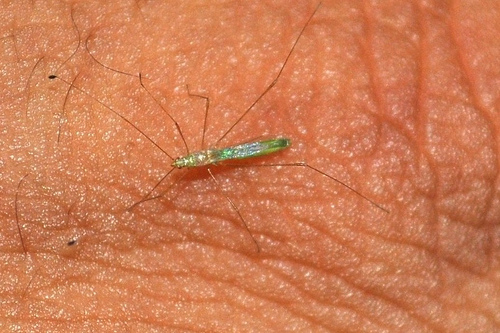
Most bites and stings will heal on their own
Insect bites are very common and a vast majority of them are harmless and will heal on their own. They are often associated with a minor irritation. Insects bite when they are hungry or agitated. Biting is often a self-defense mechanism adopted by insects. When insects bite, they make a hole in the skin through which they release their saliva which contains formic acid. This can cause redness in the affected area. Most insect bites cause an itching or a stinging sensation. At times an insect bite might also cause numbness, burning, or a tingling sensation. There might even be a minor swelling. This swelling typically goes away in a couple of hours.
- Important notification about information and brand names used in this slideshow!
- Photo courtesy of Hemanth hm by Flickr : www.flickr.com/photos/hemanth_hm/4646923486/
- firstaid.webmd.com/tc/insect-bites-and-stings-and-spider-bites-home-treatment
- http://www.nhs.uk/Conditions/Bites-insect/Pages/Treatment.aspx
- http://parentables.howstuffworks.com/take-charge/9-surprising-home-remedies-insect-bites-stings.html
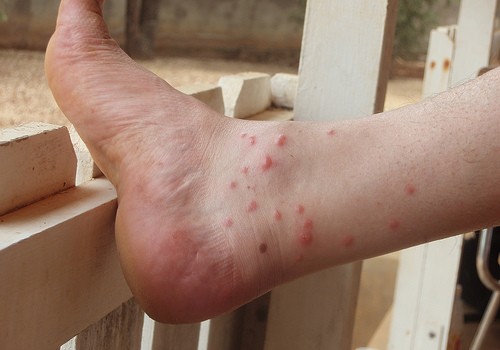
What to do if you have been bitten?
The severity of the insect bites and stings varies depending upon the insect and the sensitivity of the person. If you have been bitten by an insect, you should first move to a safer area and then immediately wash the affected area with soap and water. Try to remove the sting if it is stuck on your skin. Next apply a cold compress over the area. This will help in reducing the swelling, if any. You should avoid scratching the bitten area to prevent the area from getting infected. If you experience pain, you can take painkillers such as ibuprofen or acetaminophen. You can also apply a topical cream for easing the pain and getting relief from the itch.
- Important notification about information and brand names used in this slideshow!
- Photo courtesy of Elin by Flickr : www.flickr.com/photos/beckmann/436378641/
- www.mayoclinic.com/health/first-aid-insect-bites/FA00046
- http://www.nhs.uk/Conditions/Bites-insect/Pages/Treatment.aspx
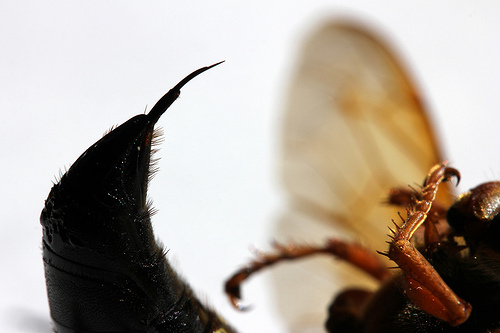
The sting should be removed
When an insect bites you, you will observe swollen red bumps on your skin. On closer examination, you will notice a small hole in the center with the insect’s sting protruding out of it. To remove the sting, use a flat edged object such as the back of a credit card or a blunt knife by scraping it across the sting. It is best advised not to use tweezers as this might squeeze the venomous sac thereby increasing the amount of venom released in the affected area. If you have been bitten by a honey bee, the venom sac takes about 2-3 minutes to release all the venom. Therefore, it is advised that you promptly remove the sting so as to reduce the severity of the sting.
- Important notification about information and brand names used in this slideshow!
- Photo courtesy of woodleywonderworks by Flickr : www.flickr.com/photos/wwworks/5943551176/
- www.medicinenet.com/bee_sting_treatment/views.htm
- http://www.nlm.nih.gov/medlineplus/ency/article/000033.htm
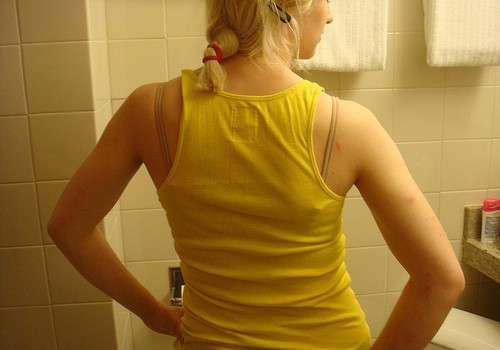
Basic treatment for stings and bites
A majority of insect stings and bites will heal on their own within several hours. If you have been bitten or stung by an insect, you need to follow the steps given below: 1. Move to a safer area. 2. Remove the sting by closely observing the bitten area and pulling out the sting using a flat and blunt object. 3. Wash the area with soap and water. 4. Place a cold compress to prevent swelling. 5. Resist the urge to scratch the area. 6. If the itching is unbearable, take an antihistamine or apply a cream for reducing the itching. 7. If the redness and the itching in the affected area do not go way within a couple of days, it is best advised to visit a doctor.
- Important notification about information and brand names used in this slideshow!
- Photo courtesy of Debs (ò‿ó)♪ by Flickr : www.flickr.com/photos/littledebbie11/3891154103/
- www.nhs.uk/Conditions/Bites-insect/Pages/Treatment.aspx
- http://www.nlm.nih.gov/medlineplus/ency/article/000033.htm
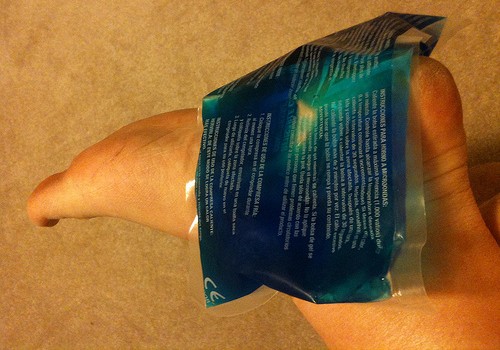
Apply an ice pack
One of the first things that you should do if you have been bitten by an insect is to apply an ice pack. Wash the affected area with soap and water, remove the sting, if any, and then apply the ice pack. This will help reduce the swelling and will also help in relieving the pain. You can apply the ice pack for 10 minutes per hour initially and subsequently 3 times a day as long as you have pain and swelling in the affected area. While applying the ice pack you must keep a cloth between your skin and the ice pack and then gently try to press the pack against the curves of the bitten area. For best results, it is advised to wrap the ice pack in a wet towel and then apply it on the affected area.
- Important notification about information and brand names used in this slideshow!
- Photo courtesy of Jay Salikin by Flickr : www.flickr.com/photos/jaysalikin/4922734566/
- firstaid.webmd.com/tc/using-ice-and-cold-packs-topic-overview
- http://www.nlm.nih.gov/medlineplus/ency/article/000033.htm
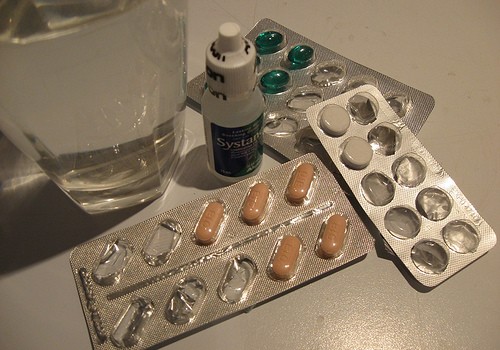
Medications you may use
There are certain medications which can be taken when you have been bitten or stung by an insect. To alleviate the pain associated with an insect bite you can take pain killers such as ibuprofen and paracetamol. You can also spray a local anesthetic that contains benzocaine for relieving the pain. To prevent itching and swelling in the affected area, you can apply calamine lotion or a cream containing 1% hydrocorticosone. You can also take oral antihistamines such as Benadryl for getting relief from redness, itching, and swelling. Other non-prescription medications that advised for treating fever or pain arising due to an insect bite include acetaminophen, naproxen, ibuprofen, and aspirin.
- Important notification about information and brand names used in this slideshow!
- Photo courtesy of Jessica Citizen by Flickr : www.flickr.com/photos/icanwritegood/3217926842/
- firstaid.webmd.com/tc/insect-bites-and-stings-and-spider-bites-home-treatment
- http://www.nhs.uk/Conditions/Bites-insect/Pages/Treatment.aspx

Home remedies for bites and stings
There are some simple home remedies for common insect bites and stings. These include: Onions: You can try cutting an onion and rubbing it on the site of the sting. Onions contain compounds that than can break down inflammatory compounds. You can also try rubbing a crushed garlic clove on the site of the sting to prevent inflammation. Peppermint oil: A drop or two of peppermint oil can provide a cooling effect on the bitten site and can also speed up the healing process. If you do not have peppermint oil, you can also try dabbing some toothpaste that contains peppermint oil. Activated charcoal: Open two or three capsules of charcoal and then mix water to make a paste. Apply this paste on the affected area and then wipe the paste with a moist cloth after thirty minutes. This will soothe the itching and also prevent inflammation.
- Important notification about information and brand names used in this slideshow!
- Photo courtesy of Ariel Grimm by Flickr : www.flickr.com/photos/in2thewoodz9/4417224925/
- articles.mercola.com/sites/articles/archive/2013/07/22/insect-bite-treatment.aspx
- http://health.howstuffworks.com/wellness/natural-medicine/home-remedies/home-remedies-for-bites-and-stings2.htm
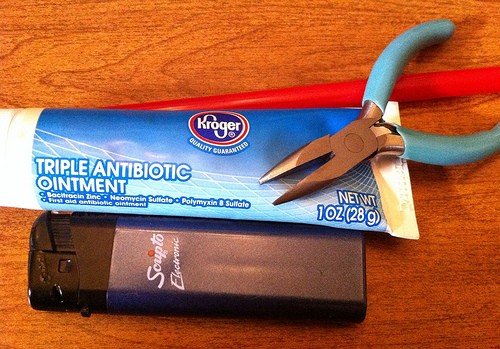
Prevent a skin infection
When you have been bitten by an insect, if you do not take adequate care, you are prone to getting a skin infection. Skin infections are typically caused by fungi, bacteria, viruses and other microorganisms. Bacterial infections are quite common when you have been bitten by an insect. The very act of the insect bite or sting exposes you to complications such as impetigo, cellulitis, Lyme disease, and malaria. To prevent skin infection, you must wash your body with soap and water and always use a clean towel. Steer clear of areas that have standing water and garbage. Always wear light colored, loose fitting clothes that cover your body, especially while going out in an area where there are insects. Apply an insect repellent and avoid wearing perfumed lotions and scented hair products.
- Important notification about information and brand names used in this slideshow!
- Photo courtesy of Jennie Kiger by Flickr : www.flickr.com/photos/tannaidhe/8368627494/
- firstaid.webmd.com/tc/insect-bites-and-stings-and-spider-bites-prevention
- http://www.nhs.uk/Conditions/Bites-insect/Pages/Prevention.aspx
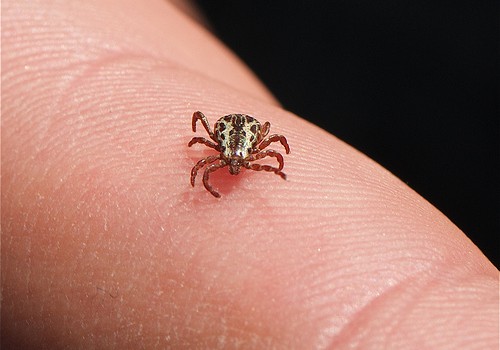
What to do if you have been bitten by a tick?
Tick bites can cause serious illnesses such as the Rocky Mountain spotted fever or the Lyme disease. If you have been bitten by a tick, you need to remove it quickly and carefully by using tweezers and then gently pulling it out without crushing it. You should be careful not to grab the tick on the belly as this might squeeze the infected fluid from the tick into your body. Wash the tick bite area with a lot of soap and warm water. If you feel irritation on the site then you should apply an antibiotic ointment such as bacitracin and then cover the area with a bandage. You must also seal the tick in a container and place it in the freezer for later examination. You must consult a doctor if you develop symptoms such as fever, rash, muscle aches, and swollen lymph nodes.
- Important notification about information and brand names used in this slideshow!
- Photo courtesy of Jerry Kirkhart by Flickr : www.flickr.com/photos/jkirkhart35/3514239511/
- www.mayoclinic.com/health/first-aid-tick-bites/FA00062
- http://www.webmd.com/skin-problems-and-treatments/tc/tick-bites-home-treatment
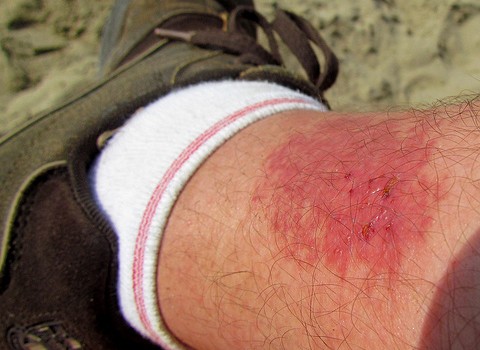
How to recognize an emergency (allergic reaction)?
Most insect bites and stings heal on their own and their effect is localized to the site of the bite. However, in certain cases, you might observe severe reactions which are not just limited to the site of the insect sting or bite. Such reactions progress very rapidly and you need to seek immediate medical assistance. To recognize an emergency situation, you need to look for the following rapidly progressing symptoms: • Difficulty in breathing and wheezing • A swelling in mouth, face, or throat • Dizziness or faintness • Difficulty in swallowing • Nausea, vomiting, and diarrhea • Cramps • Confusion and anxiety • Rapid heartbeat If you observe any of the above symptoms, immediately call for emergency medical assistance. In the meantime, loosen tight clothing of the person and make the person turn on his or her side. You must also begin CPR if you observe no signs of circulation.
- Important notification about information and brand names used in this slideshow!
- Photo courtesy of Steven Feather by Flickr : www.flickr.com/photos/7317295@N04/8068026248/
- www.mayoclinic.com/health/first-aid-insect-bites/FA00046
- http://www.nhs.uk/Conditions/Bites-insect/Pages/Symptoms.aspx


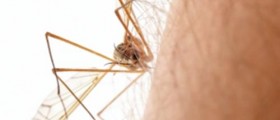
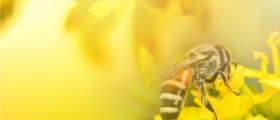

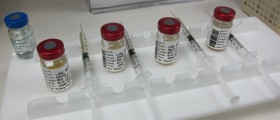
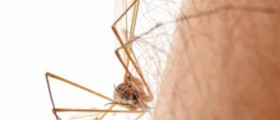

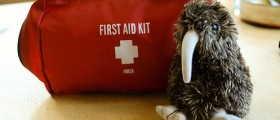

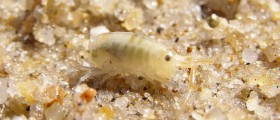
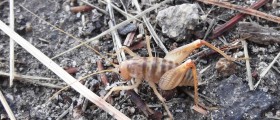
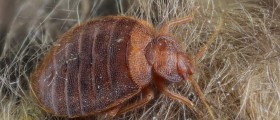
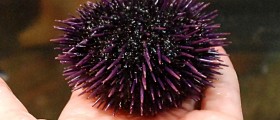
-Causes,-Symptoms-And-Diagnosis_f_280x120.jpg)

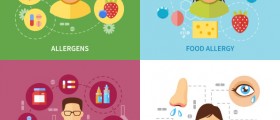
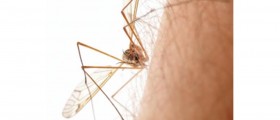

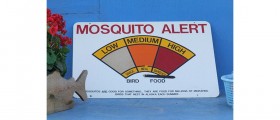

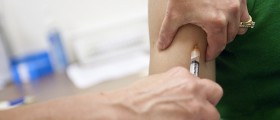
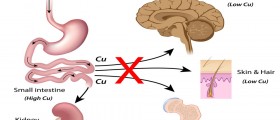
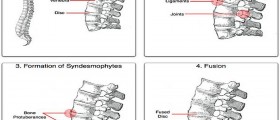



Your thoughts on this
Loading...